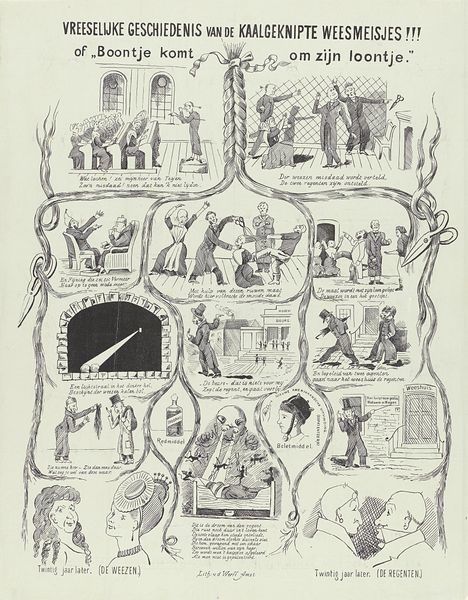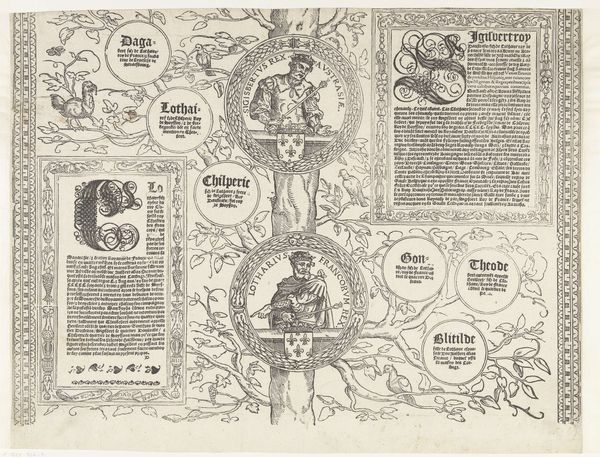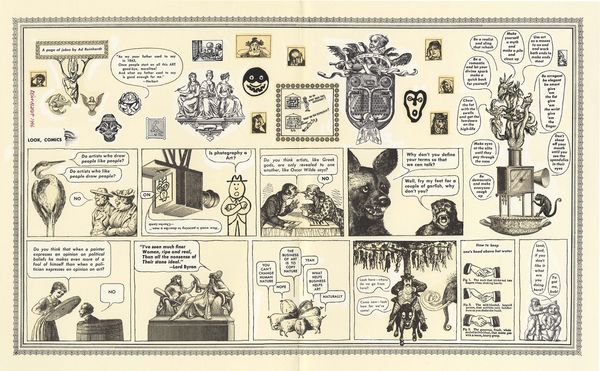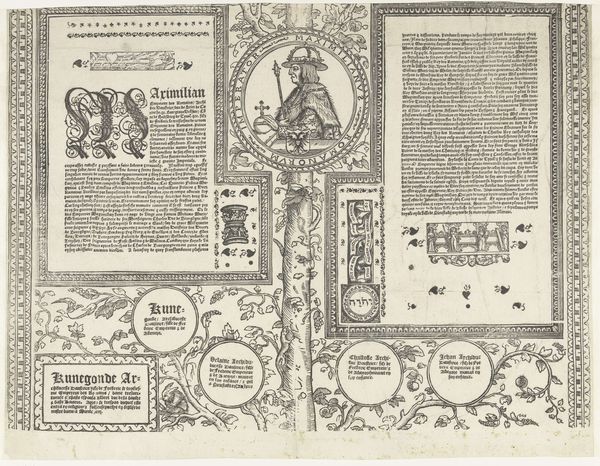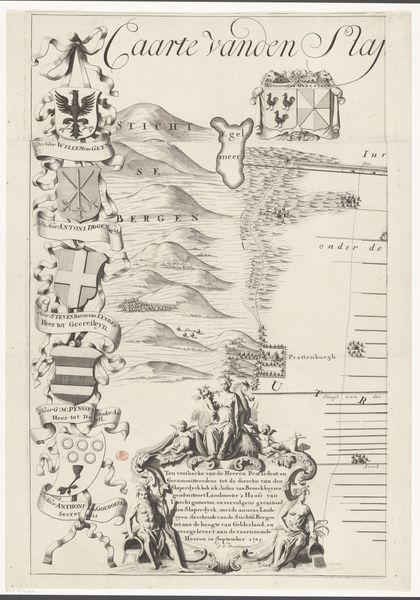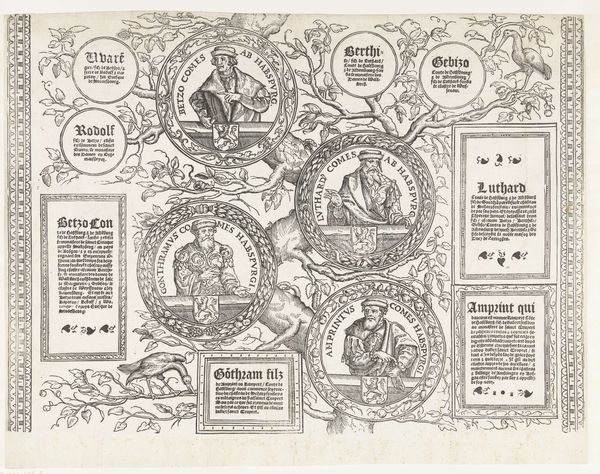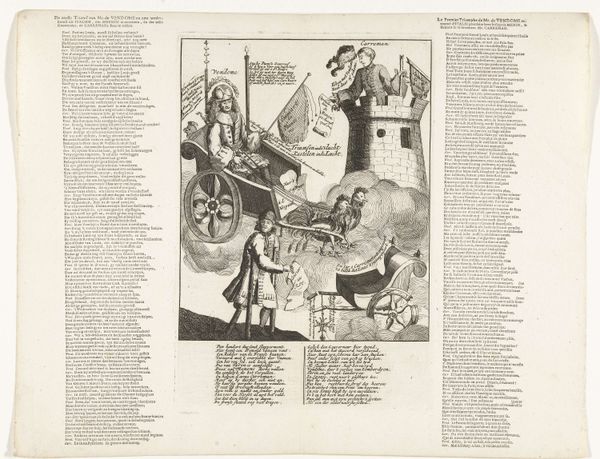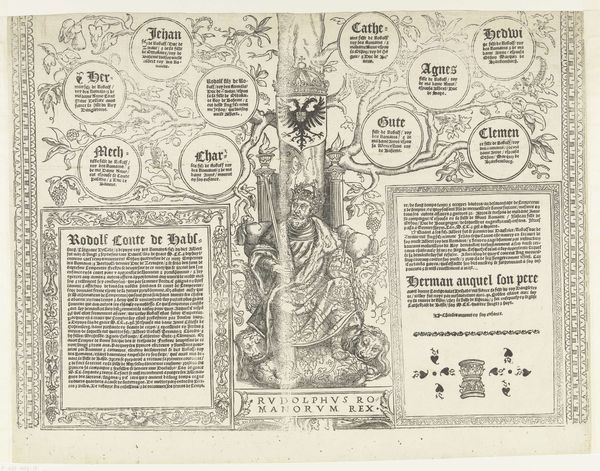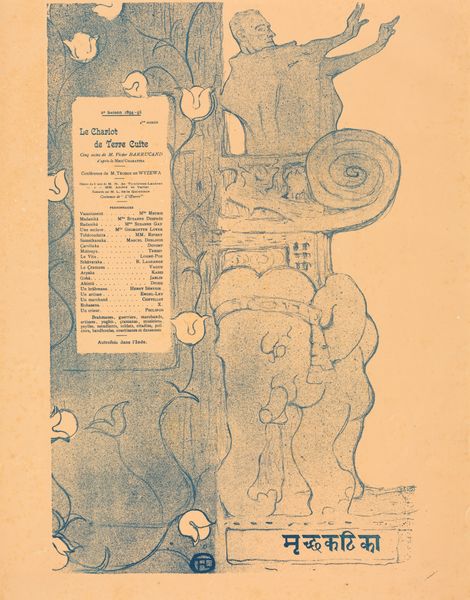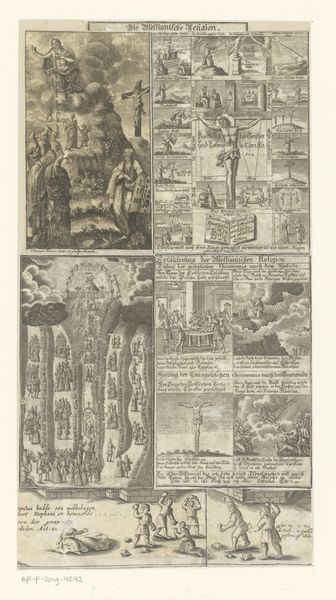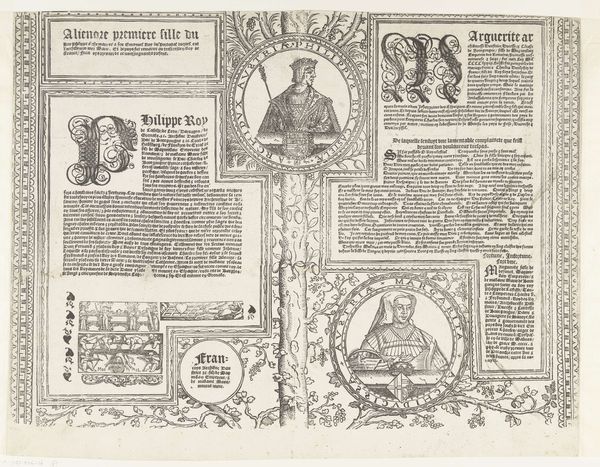
drawing, graphic-art, paper, ink
#
portrait
#
drawing
#
graphic-art
#
contemporary
#
caricature
#
paper
#
text
#
ink
#
comic
#
modernism
Copyright: Ad Reinhardt,Fair Use
Curator: So, this is Ad Reinhardt's "How to Look at an Artist," it seems to be a drawing, perhaps ink on paper, and while it’s undated, it's clearly rooted in the mid-20th century. I find the comic strip format particularly compelling; what strikes you about it? Editor: Well, the immediate impact is how busy it is. There are so many different scenes and comments crammed into the space. It feels almost overwhelming, a bit like trying to decipher a really dense text. What do you see in it? Curator: I'm interested in Reinhardt's process, the very deliberate way he uses graphic art, typically viewed as low art, to critique the 'high art' world. The medium, ink, facilitates mass production and distribution, traditionally considered distinct from the singular artwork. How does Reinhardt subvert this traditional hierarchy of fine art? Editor: He includes so much text, though. Doesn’t that shift it more into the realm of illustration than 'pure' art? Curator: Precisely. He's blurring those boundaries. The text acts as a kind of manual, but a satirical one. He’s questioning who has the authority to define art and its purpose. The lithographic process enabled the wide distribution of such subversive ideas. Is art for the elite or the masses, Reinhardt seems to be asking. Editor: I see your point. So, it's not just the content, but the *way* it’s made and distributed that carries the meaning? Curator: Absolutely. Consider the social context of the post-war era; mass media was transforming how information and culture were consumed. Reinhardt is engaging with that directly, using those very channels to critique artistic conventions and labor. Editor: That's fascinating! I had only noticed how crowded it was. Curator: It shows us that understanding an artwork involves more than just looking; we have to consider the means of production, distribution, and social consumption to fully appreciate the artist’s intention and how it might be received. Editor: I’ll definitely remember to look at art with an eye on its creation and context moving forward.
Comments
No comments
Be the first to comment and join the conversation on the ultimate creative platform.
